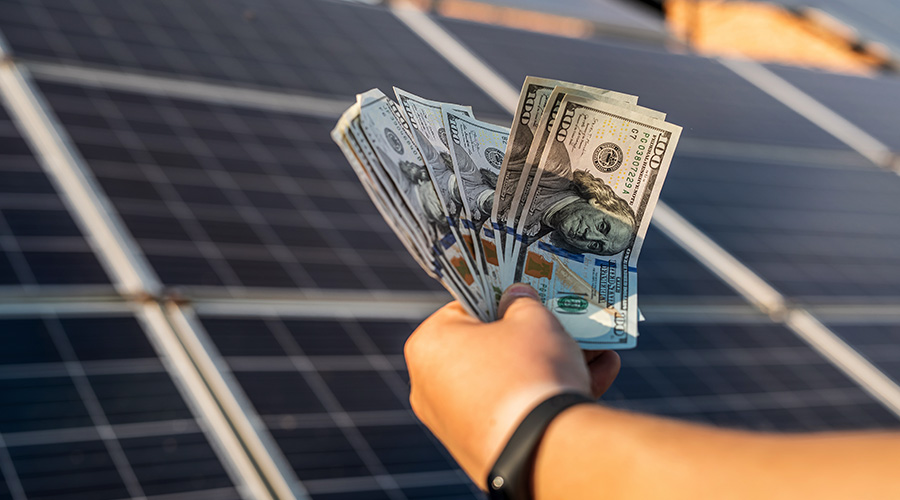Energy Management System Helps Walgreens Meet Better Buildings Challenge Goals
For Walgreens, the installation of an EMS was a way for the company to reduce its energy use in three main areas: lighting, HVAC and refrigeration. "Energy is one of our main operating costs," says Enters. "So there's an immediate impact on our bottom line by reducing use." Walgreens is an initial signatory to President Obama's Better Buildings Challenge, so its efficiency goal is a 20 percent energy reduction from 2009 levels by 2020.
Walgreens' EMS sends an alarm if a temperature is nearing a threshold, and, like Nike's system, can diagnose an HVAC failure and help energy managers plot of course of action.
Winning the Numbers Game
Standardized practices go beyond any single technology. PNC has standardized everything from lighting levels at its branches to the efficiency of the HVAC products it buys to the setpoints in its buildings, based on type of building and location. "We try to find a homogenous way for facilities to achieve energy efficiency," says Nana Wilberforce, PNC's energy manager. The team also reviews its standards twice a year — one recent initiative has been to use LEDs on exterior lighting, and in some cases, on the interior as well.
PNC's standardized approach to energy management and other green strategies helped make it an early adopter of the LEED for Volume system (under its old name: the LEED Portfolio Program). "LEED doesn't drive us, we drive LEED," Wilberforce says. "We're not driven by certification, because at the end of the day, if we're doing the right thing, we're sure we'll fit within LEED standards." PNC's goal is to reduce its energy use 30 percent from 2009 baseline by 2020.
Given the number and diversity of facilities involved, it's not surprising that Walgreens, Nike and PNC put data front and center in their energy management efforts. For example, all three companies have hired a third-party vendor to pay electricity bills and manage electricity data. "This has been a tremendous help for forecasting and budgeting," says Enters. "We feed the data back to the districts and use it to benchmark."
Regular reviews of energy data at each store help, as Enters says, "bring outliers back into the fray, so to speak." For instance, if there are two similar stores in the same district that have very different usage, he can then go to the EMS and determine which load was different. Were the parking lot lights left on all night at one store, for instance?
"The underlying principle of our energy management strategy is data," says Wilberforce. PNC regularly analyzes the energy cost index for all its branches, as well as the efficiency of the equipment it buys.
The bank categorizes its buildings based on size, but also based on how well they're doing from an energy standpoint — "good, bad and ugly," according to Wilberforce. The worse they are, the more attention they're paid.
Nike employs a similar strategy — each quarter, the team picks 10 to 15 poorly performing stores to start "deep diving," as Browning puts it, into either why they've been a long-term poor performer or why their energy use is trending upwards. Often times, they'll discover there were special events after hours at a store that caused a spike in energy use. Other times, they'll discover a store manager has overridden EMS settings. Then again, the inefficiency culprit may just be old equipment. "Some of our stores still have metal halides," she says.
Related Topics:













